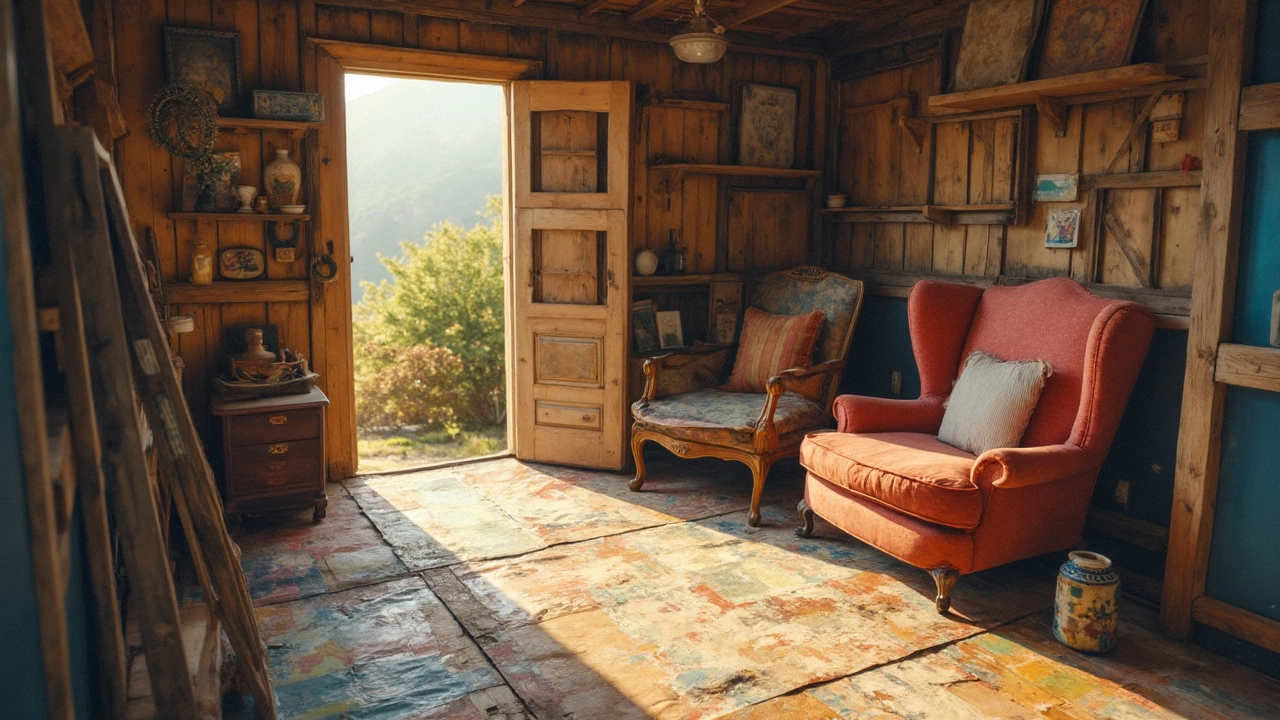Furniture Preservation: Simple Ways to Keep Your Pieces Fresh
Got a favorite armchair or a handcrafted dining table that you want to last for years? It’s not magic – it’s about the right habits. Below are no‑nonsense steps you can start using right now to protect any style of furniture, from sleek modern pieces to rugged rustic finds.
Everyday Cleaning & Protection
First things first: dust is a silent destroyer. A soft microfiber cloth wiped over surfaces once a week stops grit from scratching the finish. For wood, follow the dust with a light coat of natural oil or wax every few months – this feeds the wood and adds a protective barrier.
Spills happen. Grab a clean towel and blot, don’t rub. Rubbing spreads the liquid and can push stains deeper. For coffee, wine, or juice, a mix of warm water and a drop of mild dish soap works well on most finishes. Test on a hidden spot first, then wipe with a damp cloth and dry immediately.
Upholstery needs a different touch. Vacuum fabric sofas and chairs regularly using the upholstery attachment; it pulls out dust and hidden crumbs that attract pests. If you see a stain, treat it fast with a fabric‑safe cleaner. For leather, use a leather‑specific conditioner after cleaning to keep it supple and crack‑free.
Don’t forget the hidden spots – the undersides of tables, legs of chairs, and drawer fronts. These areas collect dirt that can warp wood over time. A quick wipe with a damp cloth and a dry finish does the trick.
Long‑Term Storage & Seasonal Care
When you need to store a piece, whether for a move or seasonal rotation, preparation is key. Clean the item thoroughly first – any residue left behind can cause mold or attract insects. For wooden furniture, wrap each piece in breathable cotton sheets instead of plastic; plastic traps moisture and leads to warping.
Use furniture pads or felt protectors under legs to stop scratches on floors and to keep the weight evenly distributed. If you’re stacking chairs or tables, place a sheet of cardboard between each layer to avoid pressure marks.
Climate matters a lot. Keep storage areas at a stable temperature (ideally 65‑75°F) and humidity around 40‑50%. Too dry and wood cracks; too humid and it swells or invites mold. A simple dehumidifier or a few silica packets can make a big difference in a basement or attic.
For outdoor furniture, invest in a water‑resistant cover that breathes. Covers that trap moisture cause rust on metal frames and rot on wood. Before covering, give the pieces a quick wash and let them dry completely.
Finally, schedule a yearly check‑up. Pull out stored items, inspect for signs of wear, and re‑apply protective finishes if needed. A little effort now saves you from costly repairs later.
Preserving furniture isn’t about fancy products or endless routines – it’s about consistent, simple actions. Dust regularly, clean spills fast, protect surfaces, and store smart. Follow these steps and your furniture will stay beautiful and functional for generations.
What to Put on the Floor of Your Storage Unit
Thinking about what to put on the floor of a storage unit might not seem important, but it can make a big difference to protecting your belongings. This article covers practical solutions for floor coverings that prevent damage, condensation, or pest infestation. Learn why choosing the right materials like wooden pallets, plastic sheeting, or carpet scraps can save you stress and money. Discover helpful tips and interesting insights that turn your storage challenges into straightforward solutions.
More
